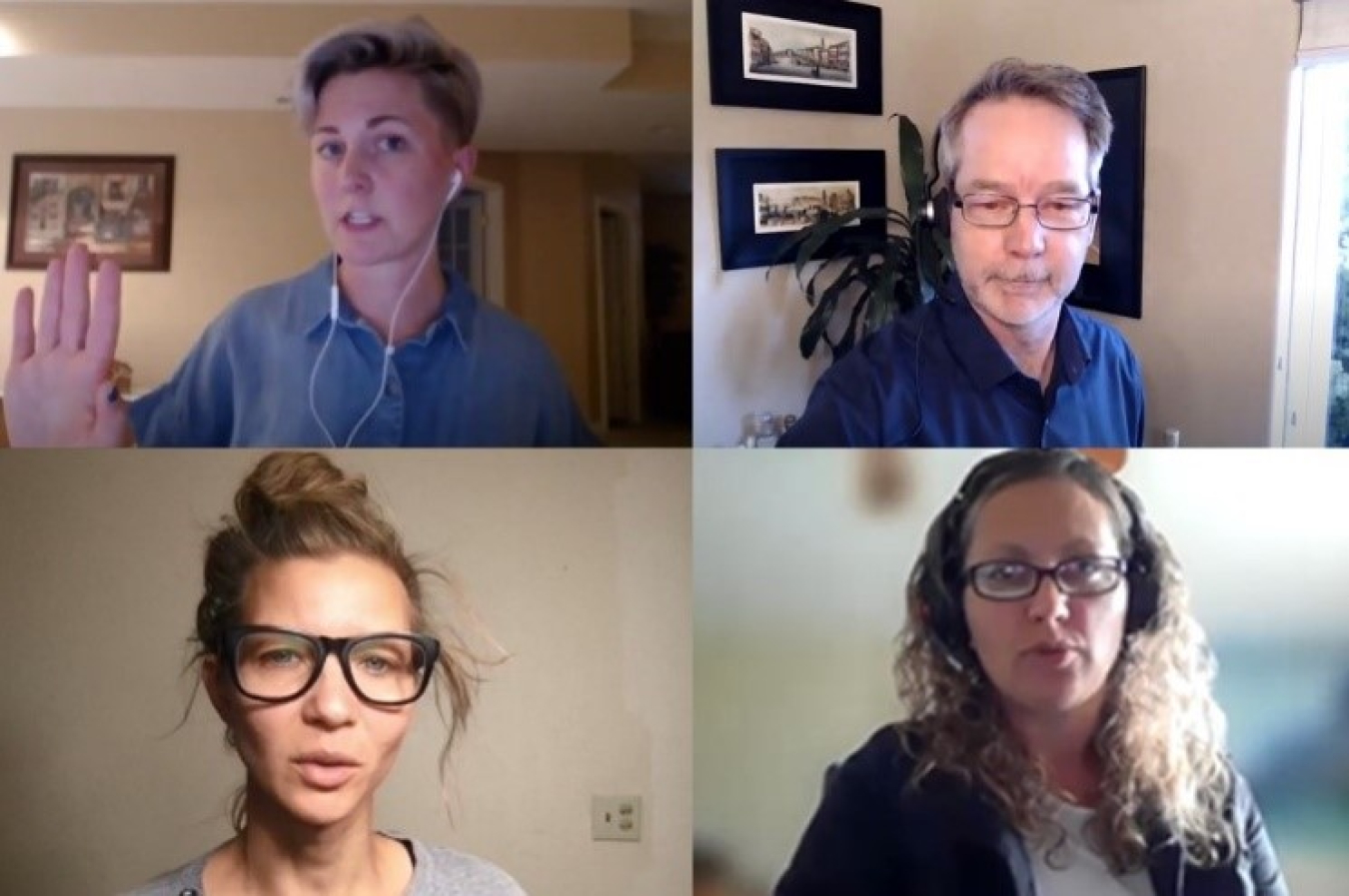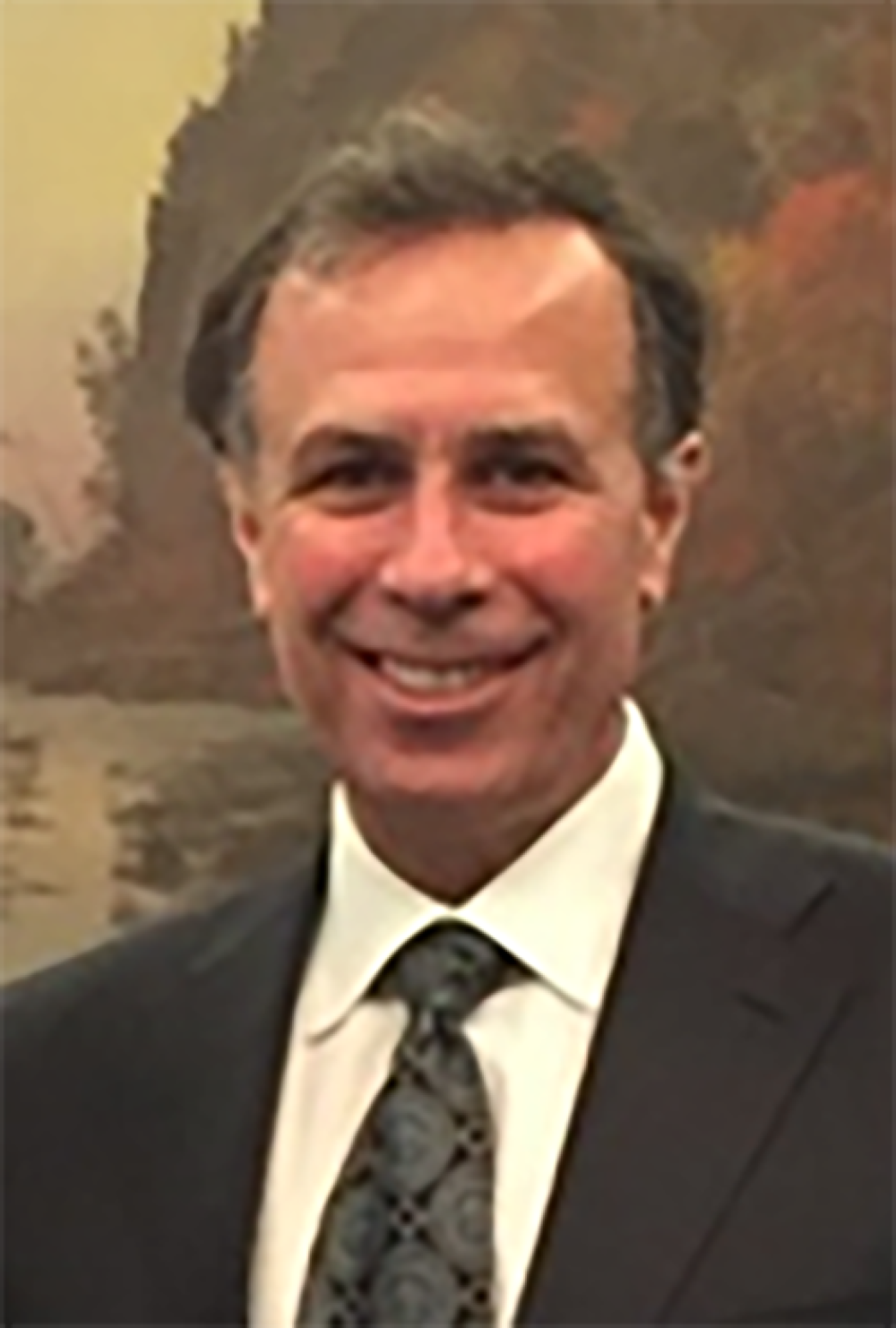Science and Technology Conferences, hosted every other year by the Preparatory Commission for the Comprehensive Nuclear-Test-Ban Treaty Organization (CTBTO PrepCom), are a way for hundreds of scientists, technologists, academics, diplomats to get together
National Nuclear Security Administration
August 12, 2021
The Science and Technology (SnT) Conferences, hosted every other year by the Preparatory Commission for the Comprehensive Nuclear-Test-Ban Treaty Organization (CTBTO PrepCom), are usually a way for hundreds of scientists, technologists, academics, diplomats, students, and journalists to gather in person to focus on the scientific and technological underpinnings supporting international nuclear explosion monitoring and verification. Due to the global COVID-19 pandemic, in-person attendance in June in Vienna, Austria, at SnT2021 was limited, but activities continued online, with over 1,100 registered participants.
DOE/NNSA experts presented their work on a wide variety of issues in support of the CTBT’s International Monitoring System and International Data Centre, ranging from improving sensitivity and reliability of seismic, infrasound, and radionuclide equipment for detecting suspected nuclear explosions to improving automation of routine tasks to allow analysts to focus on events of potential concern. DOE/NNSA sites represented included Idaho, Lawrence Livermore, Los Alamos, Pacific Northwest, and Sandia National Laboratories, as well as experts from universities and corporations.

Dr. Dimitri Kusnezov, former DOE Deputy Under Secretary for Artificial Intelligence (AI) and Technology and currently working on creating international partnerships in AI within the Office of Science, gave a keynote address on how AI can make our world more sustainable and equitable. DOE/NNSA has active efforts to lead international collaborations to drive the next generation of AI into data-rich missions including nuclear nonproliferation and applications to the CTBT.
“Supercomputers transitioned us from pen and paper approaches we had until the 1950s to take ever more complex models of the world and piece them together. We can do things now to simulate previously unimaginably complex problems; we can do things that no human can do,” Dr. Kusnezov said. “AI is now starting the parallel transition for data and information and we are just at the start of a remarkable period in how we approach knowledge from data.”
SnT2021 commemorated 25 years since the CTBT was opened for signature in 1996 and highlighted both the significant progress in building an international nuclear explosion monitoring and verification regime and ways to improve it further. The CTBTO PrepCom used technology to allow virtual participants to interact across time zones with the presenters and colleagues, including e-posters, videos on-demand, and video chat rooms. The organizers even had dedicated Q&A spaces for each individual presentation so that presenters could answer questions over the course of the conference – a necessity given the time differences of participants from around the world. Events were also recorded and are available at the CTBTO PrepCom’s YouTube page.
“Strong U.S. support for the CTBTO PrepCom was on display at SnT2021, and we look forward to DOE and NNSA experts being able to safely meet in person with their international colleagues soon,” said Kasia Mendelsohn, NNSA’s Acting Deputy Administrator for Defense Nuclear Nonproliferation.

